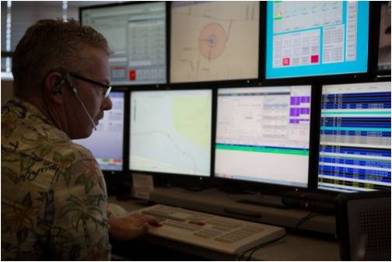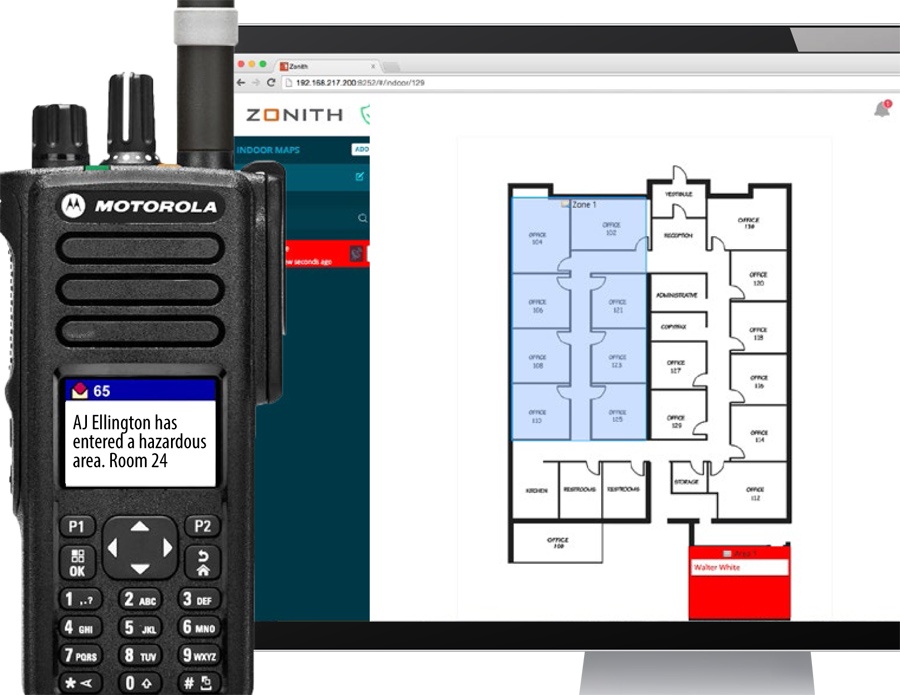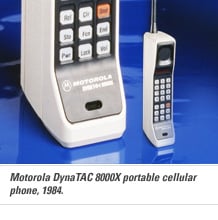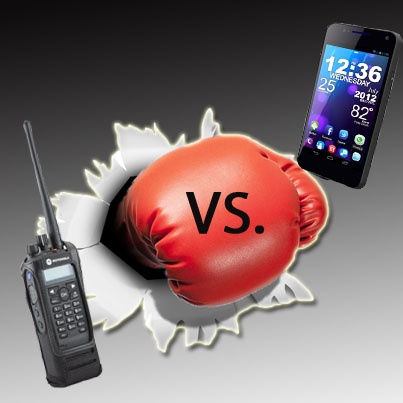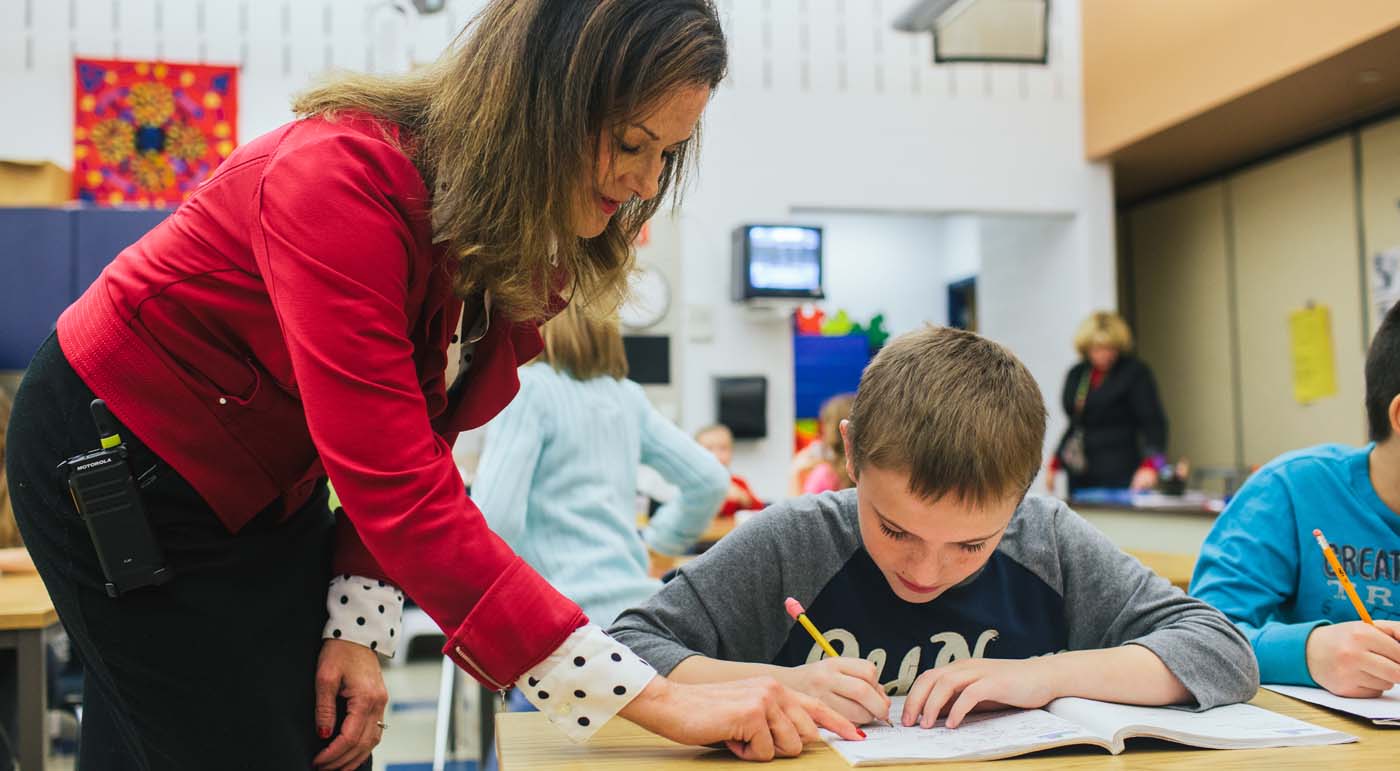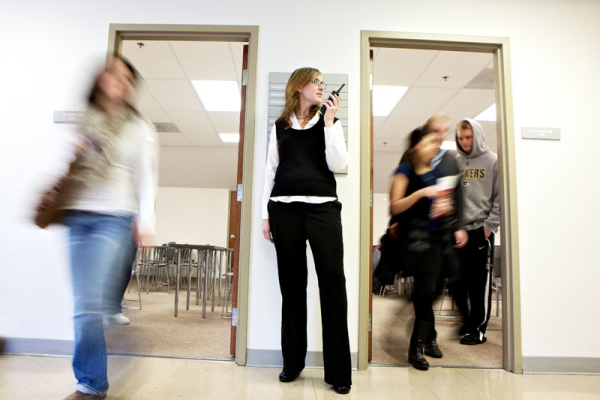Kristina Anderson, co-founder of the mobile school safety app LiveSafe, has said that if her company had existed in 2007, it probably would have changed the course of her life. coll
Anderson was a 19-year-old sophomore when a gunman opened fire at Virginia Tech. She had no idea that shots had been fired at another building on campus, and she was struck three times while entering a French class. She has since become a vocal advocate for campus safety and violence prevention, and her innovative company “was born from a spirit of triumph over tragedy and the desire to make the world a safer place.”
LiveSafe and other apps like it are providing a boost to school safety efforts nationwide by leveraging the power of everyday mobile devices. Students, parents, staff and campus safety officials can communicate instantly and anonymously with the touch of a button or transmission of a text.
Here are 4 of the mobile apps that are changing the school safety landscape:


